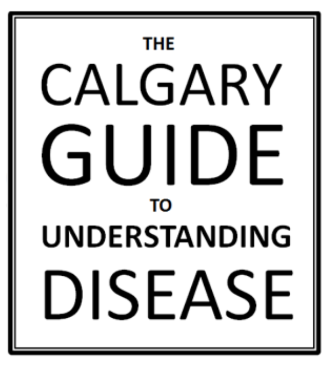Keratosis Pilaris (KP): Risk factors, pathophysiology, and clinical findings
Authors:
Ayaa Alkhaleefa Reviewers: Tracey Rice Sunawer Aujla Jori Hardin* MD at time of publication*
Loss-of-function mutation in filaggrin (a multifunctional structural protein expressed in the epidermis)
Inhibits the release of specific amino acids that maintain
Keratin (a protein critical to the integrity of the skin barrier) cannot aggregate to align intermediate filaments within corneocytes (cells that comprise the stratum corneum)
the natural moisture of the skin ↑ Skin pH (normal pH is 5.5)
Distention of the follicular opening
↑ Surface area for hair to sprout
Growth of multiple hairs from the distended follicle
Development of thick, coiled hairs
Rupture of follicular epithelium by the circular hair shaft
Skin
Epidermal layer
Dermal-Epidermal Junction
Dermal layer
Mutation in filaggrin
Keratin accumulation in corneocytes with hair
Grouped keratotic follicular papules
Excessive keratin accumulates in the follicular spaces
↑ Keratinization of the follicular epithelium forms a keratinous plug in the infundibulum (funnel-shaped epithelial segment of the hair follicle)
Irritation of the hair follicle
Excess irritation triggers release of inflammatory cytokines
FLG FLG
Inflammatory cascade creates edematous environment
Symmetrical keratotic papules are commonly grouped along extensor surfaces of the upper arms, thighs, and buttocks
Perifollicular edema
Legend:
Pathophysiology
Mechanism
Sign/Symptom/Lab Finding
Published 27, JUNE, 2023 on www.thecalgaryguide.com

